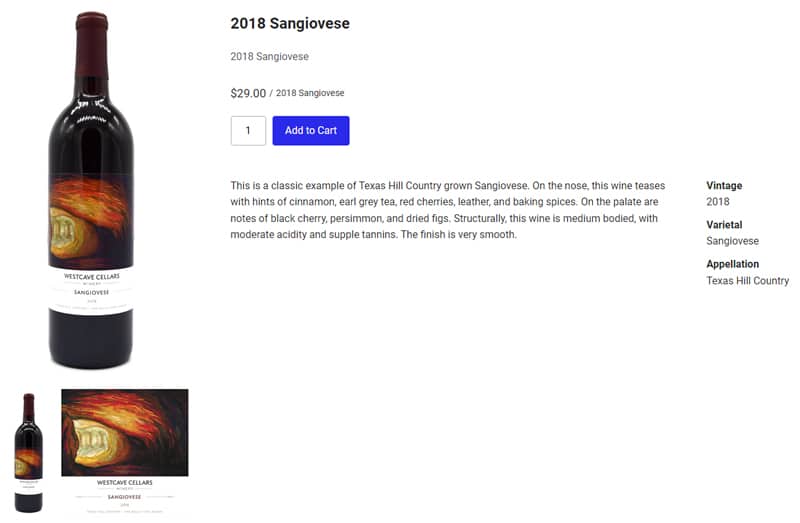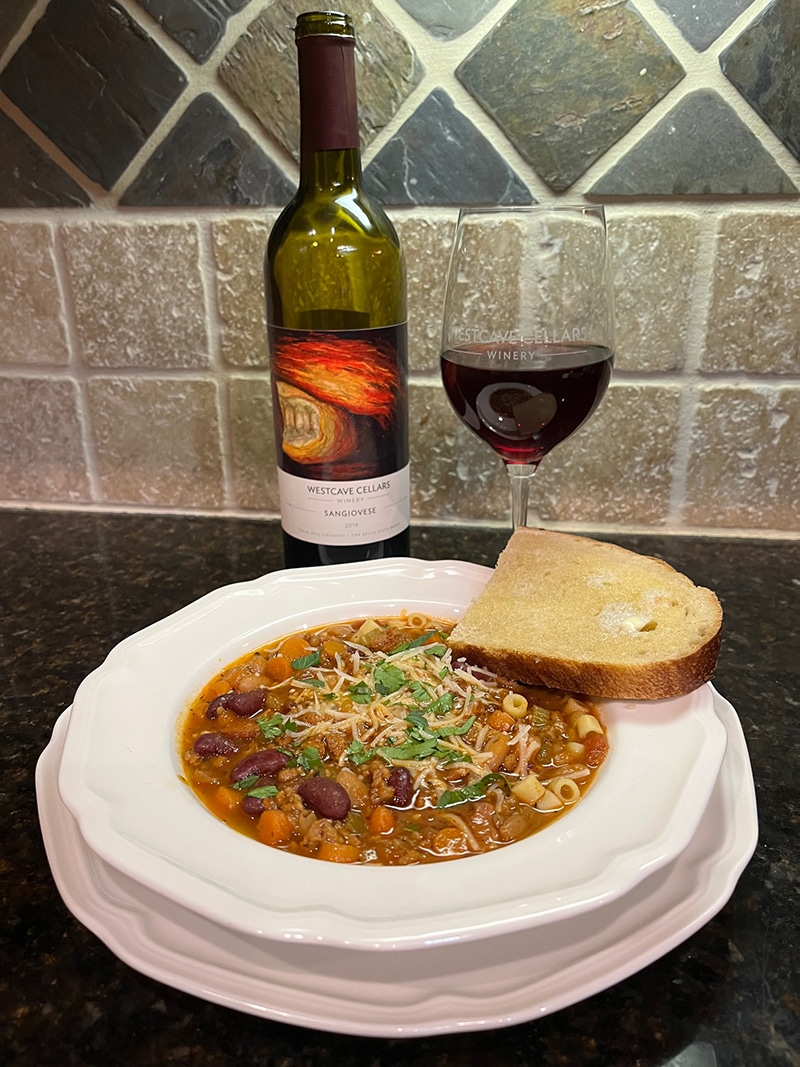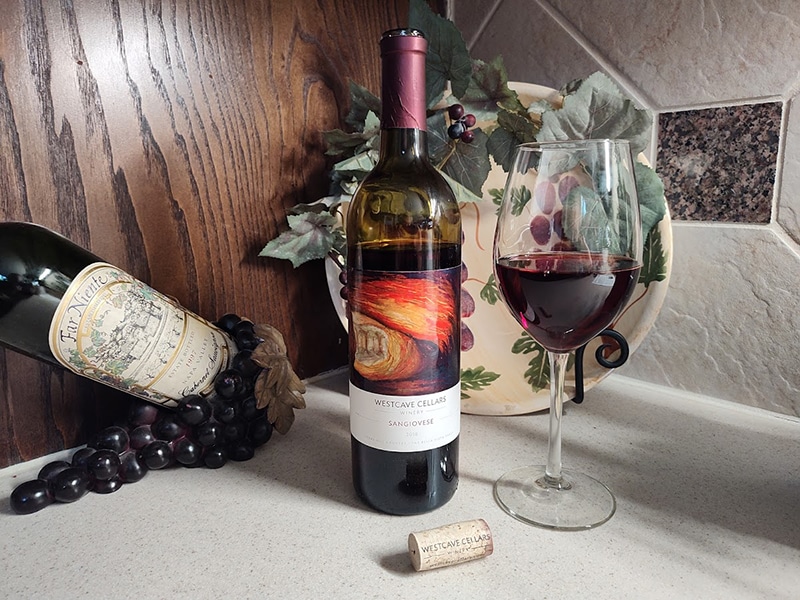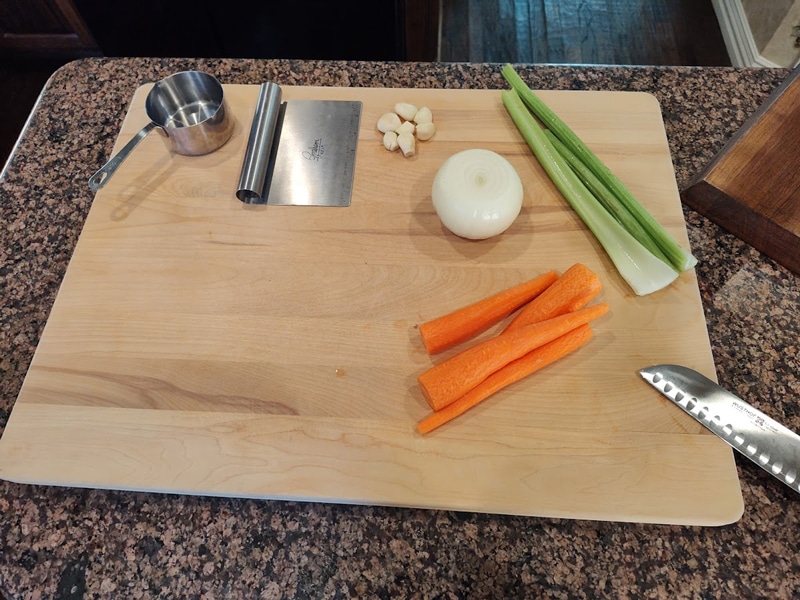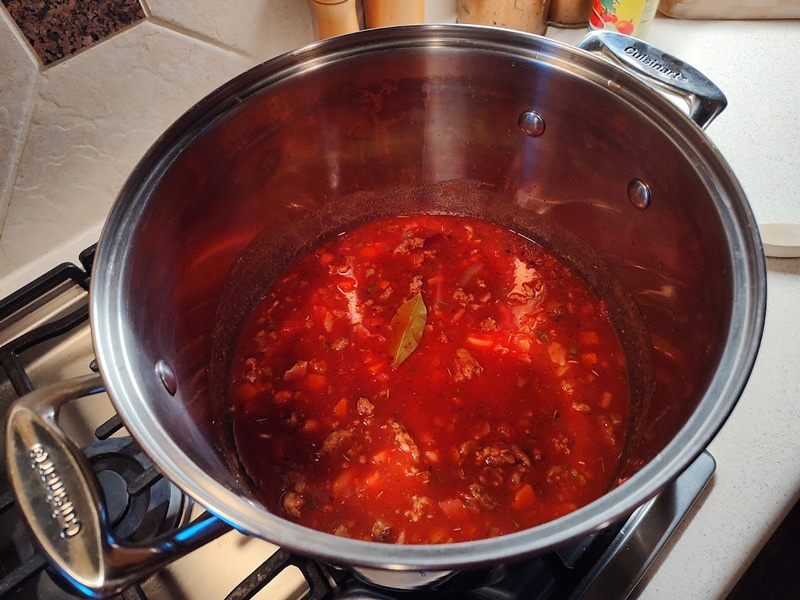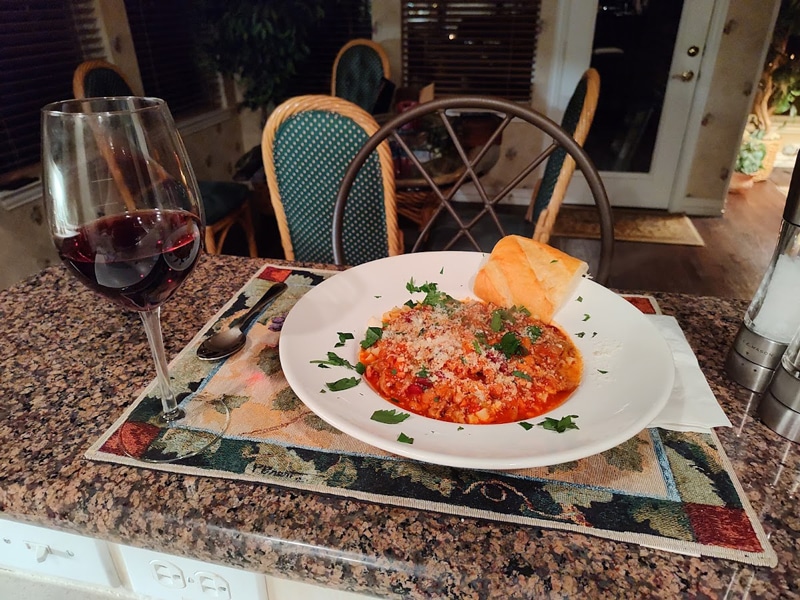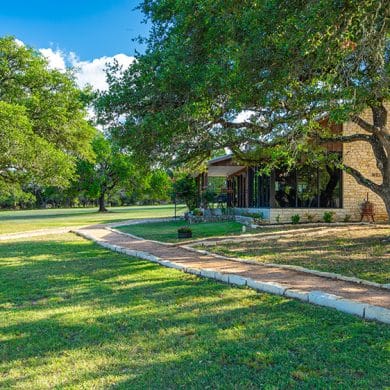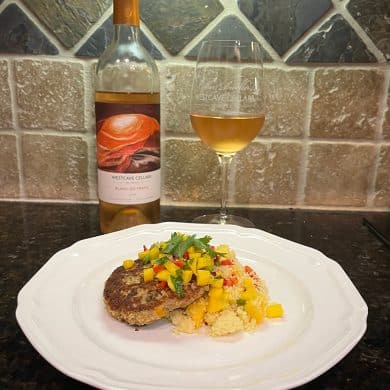Like many of you, I made a list of self-improvement goals, as well as personal goals for Westcave Cellars for 2023. Professionally, I can’t give up alcohol, even for a month — it’s my job. However, I did commit to drinking less. I am happy to report that I have been successful, so far.
But here it is late January, and I have yet to start on my personal goals for Westcave Cellars Winery & Brewery. Well, today is THE day! But first, a little background behind my most important Westcave resolution….
I LOVE food and wine pairing! It is one of my passions. When I find that perfect sip and bite, it’s like a symphony playing on my tongue. Many guests who visit the tasting room know I am eager to talk about foods and recipes that pair with our wines. We have even started food and wine pairings for our Cellar Dweller club pick-up parties. Guests and club members alike ask that I share these recipes on the website.
Choosing a wine and posting a recipe is easy, BUT I feel there needs to be an explanation about the wine, the food, and why they are a great pairing. Besides, I’ve been a professional curriculum writer for almost 40 years. Writing is my other passion, so blending my two interests should be a no brainer.
Well, now surfaces one of my other goals for self improvement — procrastination!!! SIGH! As I stated at the beginning of this message, January is almost over. It’s time to tackle several of my 2023 goals…
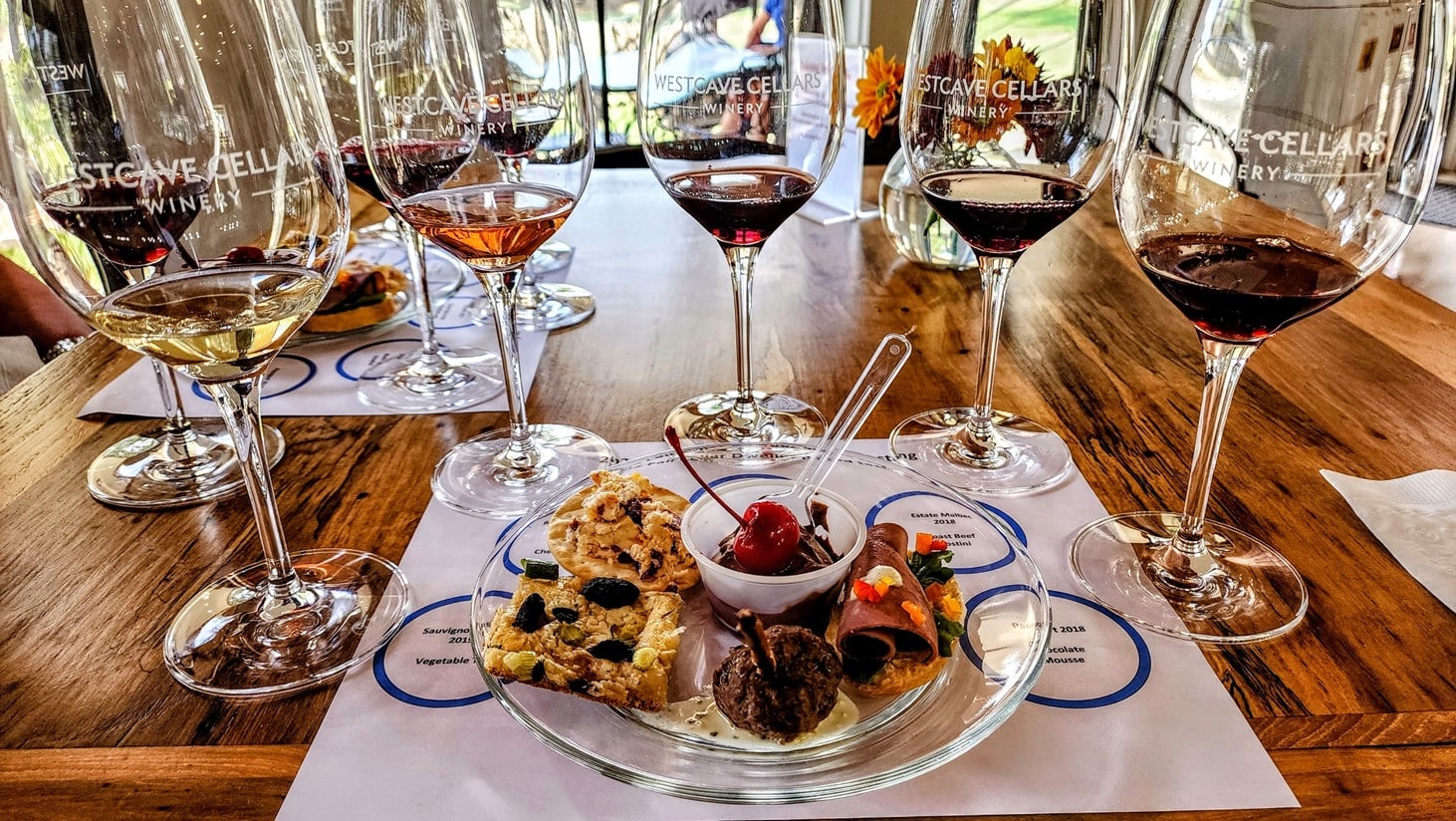
Allan and I plan to choose one wine each month to feature. I plan to pair a recipe with each wine of the month. So, this January, the 2018 Sangiovese is the wine of the month.
Sangiovese (san-jo-VAY-zee) is one of the main grape varieties found in Italy. Sangiovese grapes grow best in hot, dry climates with limestone soils, so it does especially well in Texas. These grapes have thinner skin, so wines are lighter in color. Wines made from Sangiovese often have a higher acidity and softer tannins. Flavors characteristically include cherry, but can lean toward either a more fruity or rustic flavor profile.
The Westcave 2018 Sangiovese is a classic example of a Texas Sangiovese. It is a blend of grapes from Bella Vista Ranch in Wimberley and High Cross Vineyard in Sonora. On the nose are hints of red ripe cherries, earl grey tea, leather, cinnamon, and other baking spices. On the palate are flavors of black cherry, persimmon, and dried figs. Structurally, the wine is medium-bodied, with moderate acidity and supple tannins.
Sangiovese is well-known to pair with Italian food, so bring on the tomato sauce and spice! In the tasting room, I talk mostly about it being a great pairing for Texas smoky meats. (But try it with our NC pulled pork nachos flavored with spicy vinegar, and loaded with melted cheese, coleslaw, and bread and butter pickles!)
As I started researching recipes, it was a cold January day, so I narrowed my choice to an Italian spicy soup. Of course, Pasta e Fagioli! The tomatoes, spices, and the texture of the beans will pair perfectly with the fruit, baking spices, and acidity of the Westcave Sangio.
I pulled several recipes, but since I seldom follow a recipe as is, I used the base of one and added ingredients from the others. Allan and I like a little more spice (and my experience in the tasting room supports that Texans prefer more spice in their foods, too), so I spiced it up with hot Italian sausage and red pepper flakes.
Drum roll, please! Here is the Westcave version of Pasta e Fagioli. The long list of ingredients makes the recipe look intimidating, but this soup is quite easy to make! Let me know what you think of the soup, and especially, the Sangiovese pairing!
CHEERS!
Margaret
Pasta e Fagioli
Servings: 6
3 T olive oil, divided
1 lb hot or sweet Italian sausage
1 1/2 c chopped onion
2 c carrots, chopped (about 4 medium)
1 c celery, chopped (about 3 stalks)
3 T minced garlic
4 oz Applewood smoked bacon, diced
4 c chicken broth
3 (8 oz) cans tomato sauce
1 (15 oz) can diced tomatoes (Italian, preferred)
1 c Sangiovese wine (HINT: All my recipes include a little wine!)
1 (15 oz) dark red kidney beans, drained and rinsed
1 (15 oz) cannellini beans, drained and rinsed
2 bay leaves
3/4 t dried thyme
1 1/2 t dried basil
1/2 t dried rosemary
1 t dried oregano
1/2 t dried marjoram
1/2 t red pepper flakes
1 c ditalini dried pasta
1/2 t salt
grated Parmesan (optional)
Italian parsley, chopped (optional)
- Heat 2 T olive oil in a large pot over medium-low heat. Add crumbled sausage and cook, stirring occasionally until cooked through. Drain the fat from the sausage and transfer the meat to a bowl.
- Heat remaining olive oil and add the onions, carrots, and celery. Saute over medium heat until tender, about 4 min.
- Reduce the heat and add garlic. Cook 1 more minute.
- Add bacon and cook until slightly brown, about 10 minutes, stirring often to scrape the pan bottom.
- Add chicken broth, tomato sauce, tomatoes, wine, beans, spices, and cooked sausage. Mix well. If you like a thinner soup, add more broth.
- Bring to a boil, then reduce heat to medium-low, cover, and allow to simmer for at least 30 min, but longer is best. Add more salt, ground black pepper, or red pepper flakes to taste.
- In the meantime, cook the pasta according to directions for al dente. (I suggest adding the pasta to the individual bowls when serving. Adding it to the soup makes the pasta gummy.)
- To serve, add 1/2 to 1 c pasta (depending on bowl size) to the bottom of each bowl. Ladle the soup over it and mix well. Top with Parmesan cheese, parsley and more red pepper flakes, if desired. I serve the soup with a salad and warm crusty bread. And don’t forget the Westcave Sangiovese!
NOTES:
- This soup can easily be made vegetarian by omitting the sausage and bacon. You may need to amp up the seasoning, though.
- It is always better the next day or two after the flavors have time to meld.
- The soup freezes well, but don’t include the pasta.
